Intro
So many people believe that your logo is your brand, but this couldn’t be much further from the truth. Your logo is a representation of your brand. Your brand is a lot more than the logo on your website, business cards and other materials. Your brand is what people think when they hear your company name.
There are many elements that business owners like you need to be aware of and consider when developing your brand strategies.
1. Appearance matters.
People judge a book by its cover, and this is true in about 99% of the time. If you have a visually appealing and professional looking brand in comparison to your competitor – people will think you have a more professional company. This is basic psychology!
Unless someone has had previous experience with branding, a logo created in MS Paint isn’t going to cut it!, but this doesn’t mean you have to spend thousands to wow people with an out of this world design. As long as your logo is professional and represents your company values, you’re already halfway there.
2. Your website
Your website is essentially the only thing which really reflects your business online in terms of branding. The web is the first port of call for finding businesses, products and services. Websites that aren’t branded properly with good design and consistency will lose visitors in an instance, within the first few seconds a user knows if they want to stay on your website.
On the other side of the table, websites that are branded in-line with the logo and look good will make visitors hanf around. So, for example, you have a great logo with three colours, make sure that your website uses those 3 colours, make sure you have a colour palette and only use those colours in your branding.
3. Social media
Social media is another important marketing technique to consider. Your social media profiles must be consistent with your branding and marketing. So, if the three colours in your website design are purple, orange and hot pink; your social media platforms should be too. Social networks such as Facebook, Twitter, Linkedin and Google+ all allow you to be pretty flexible with your design. Make sure you upload a profile picture, cover image, and company information to reflect your branding and personality.
Try to keep any content you publish on your social networks branded too, so try to keep images within the colour palette you created earlier.


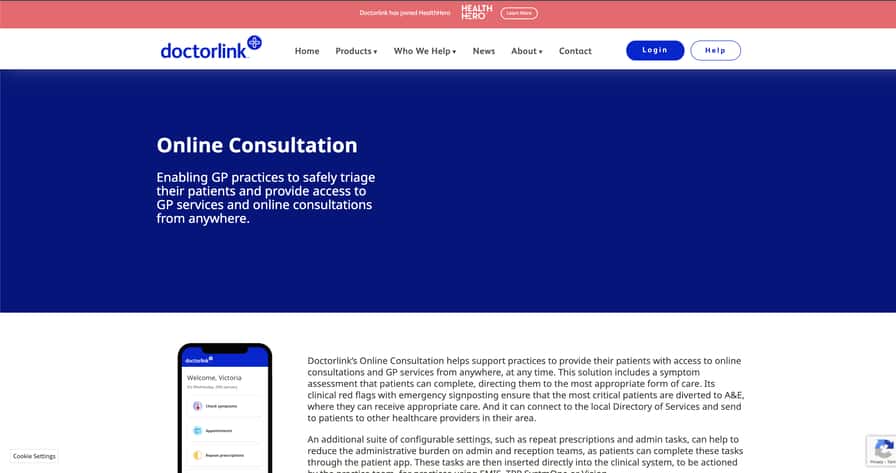
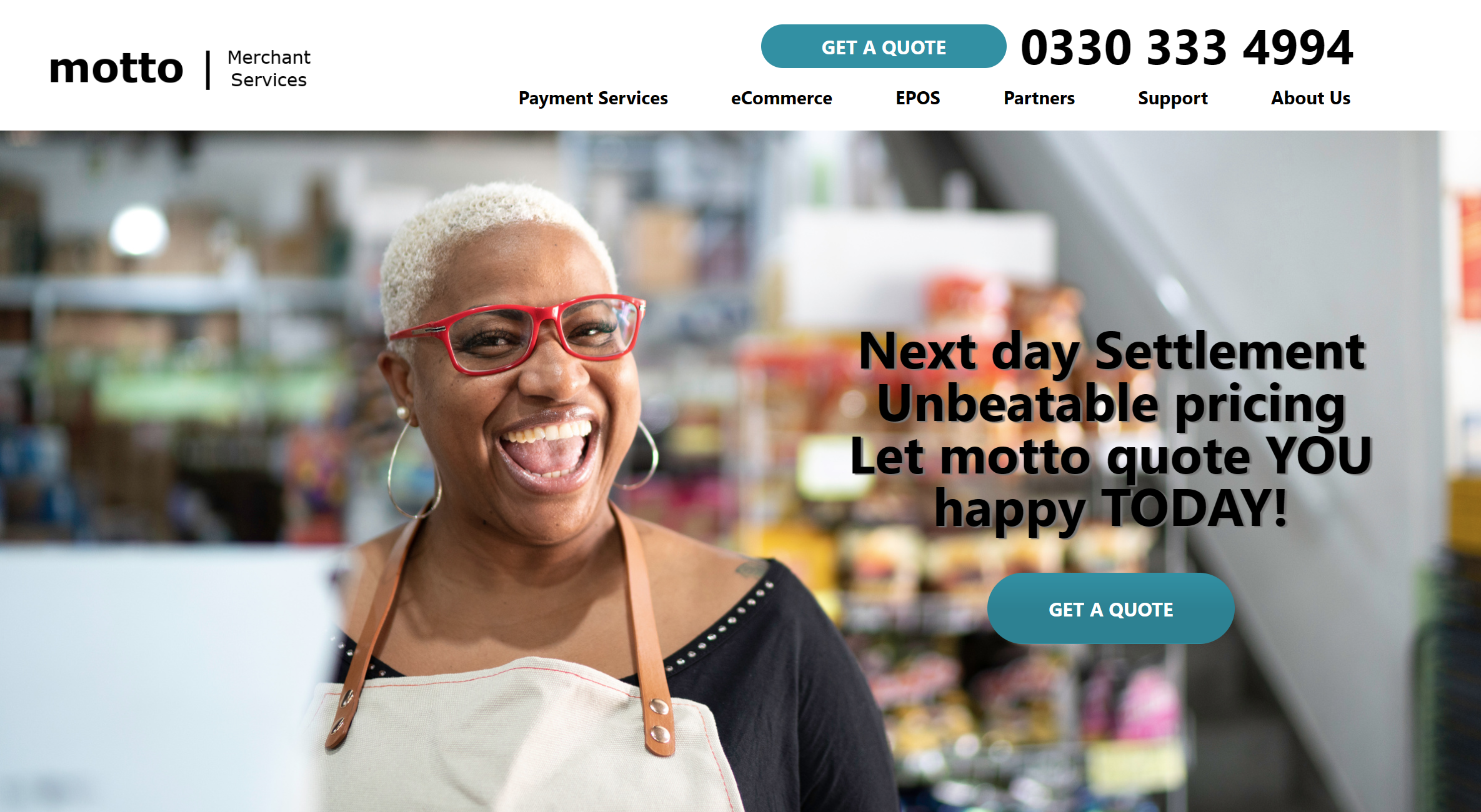
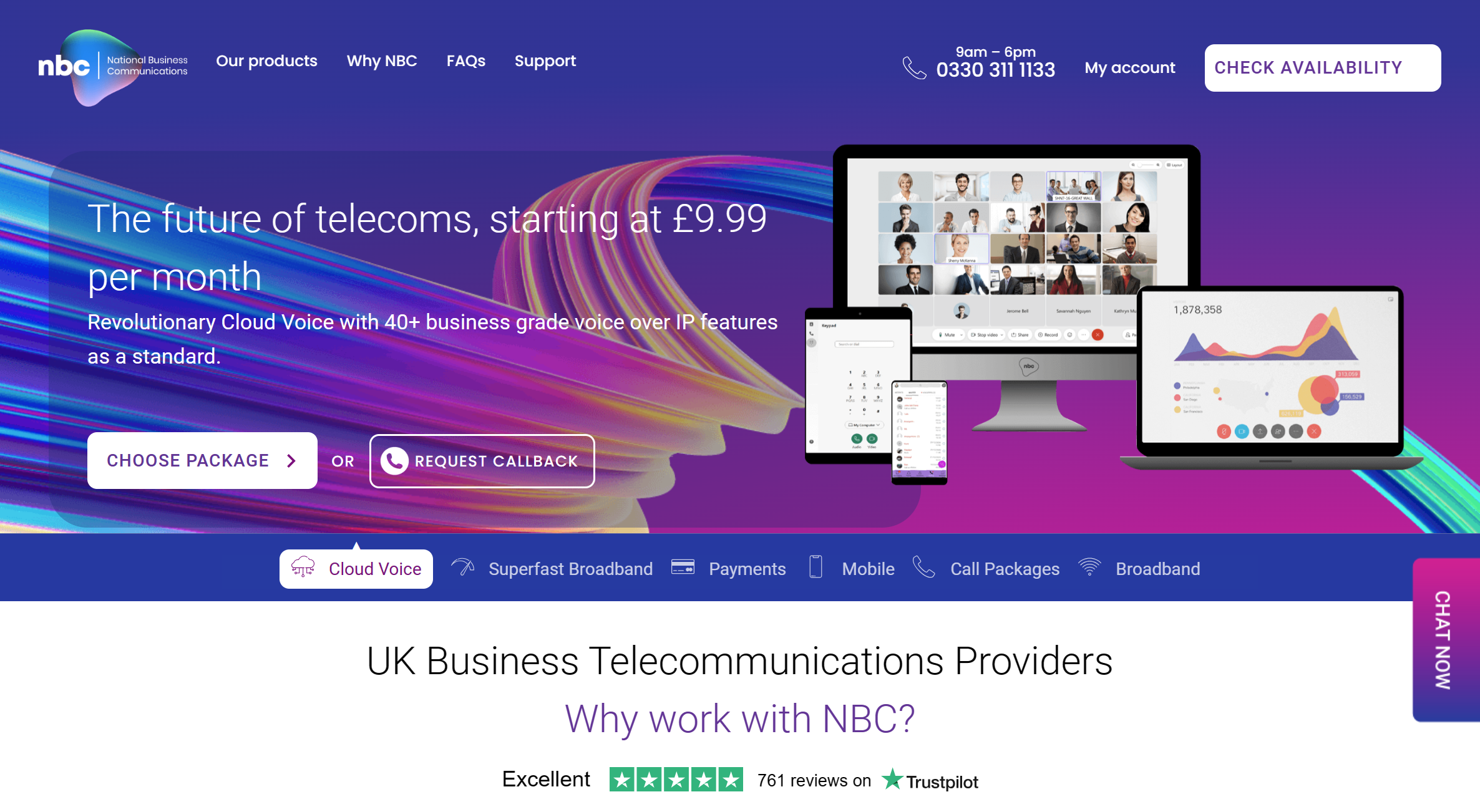

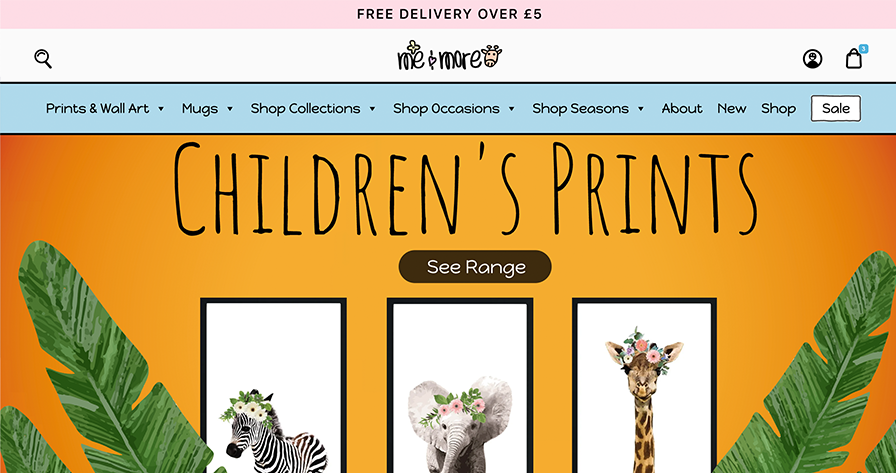
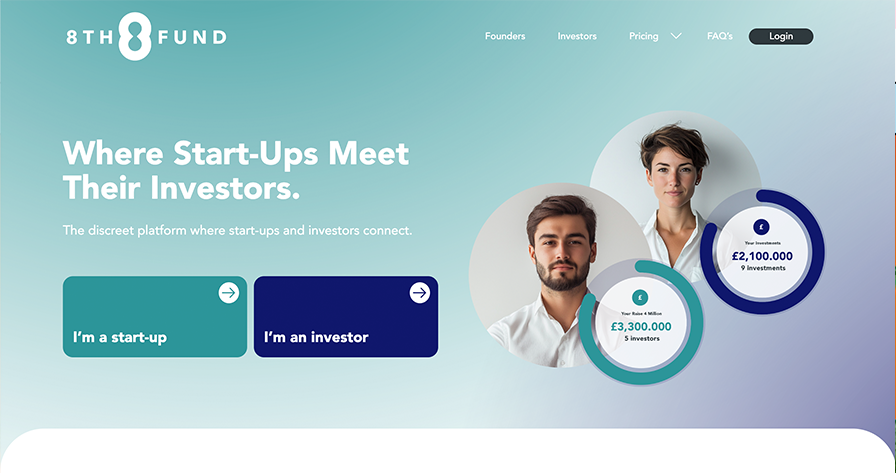
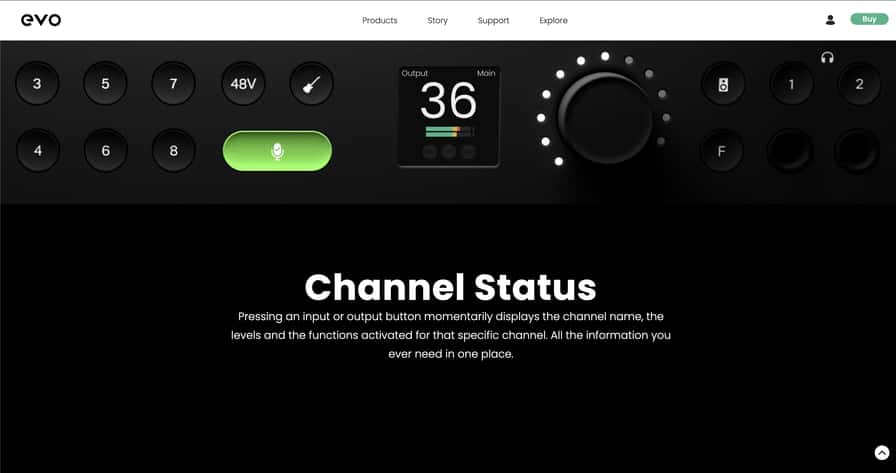
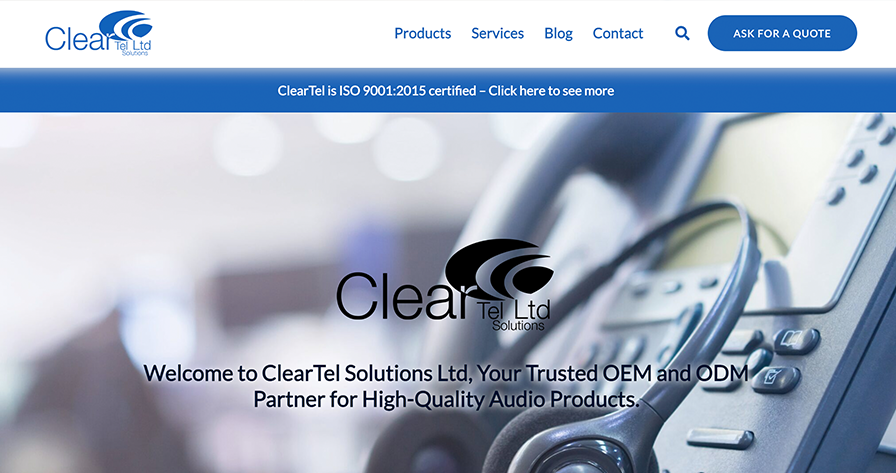



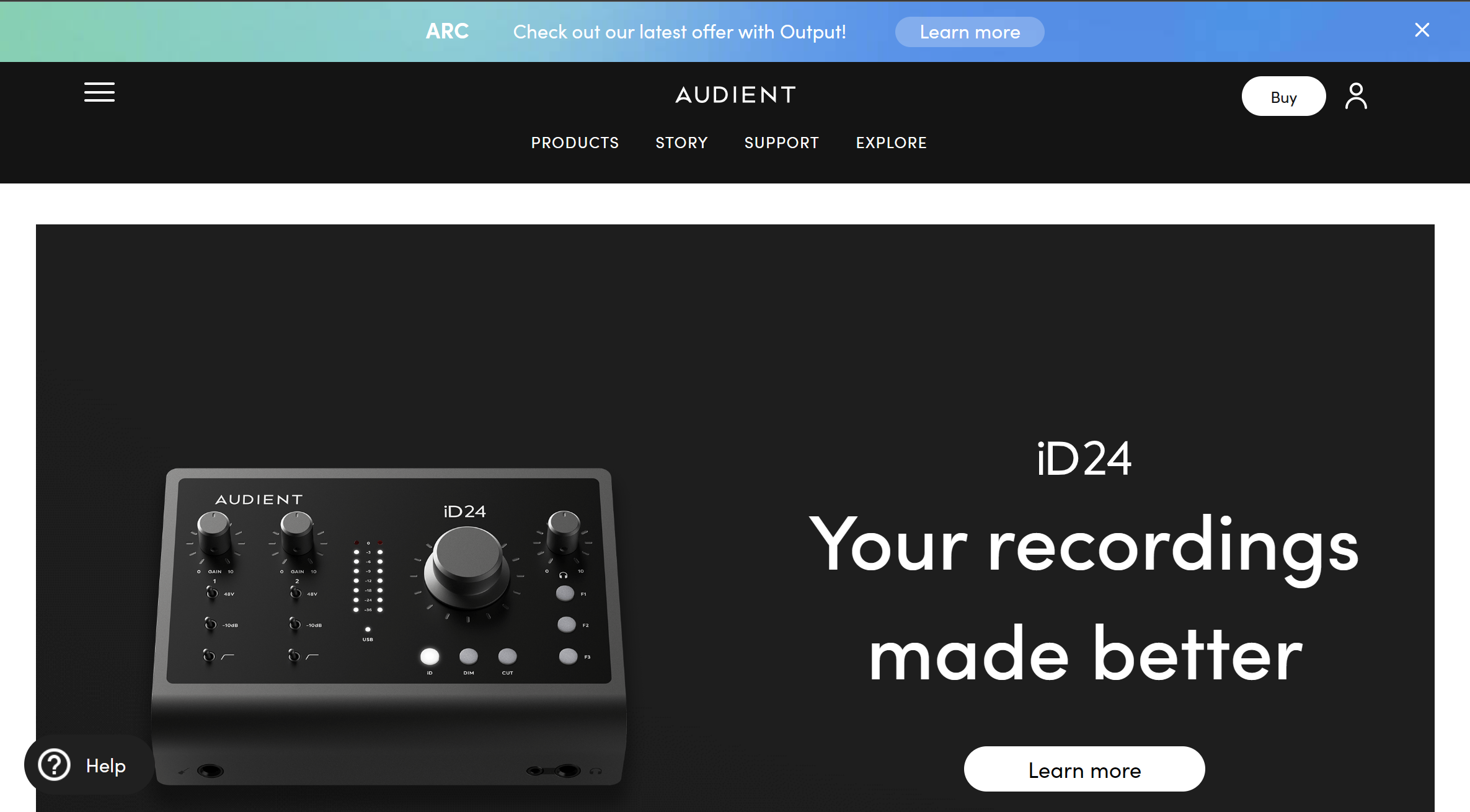


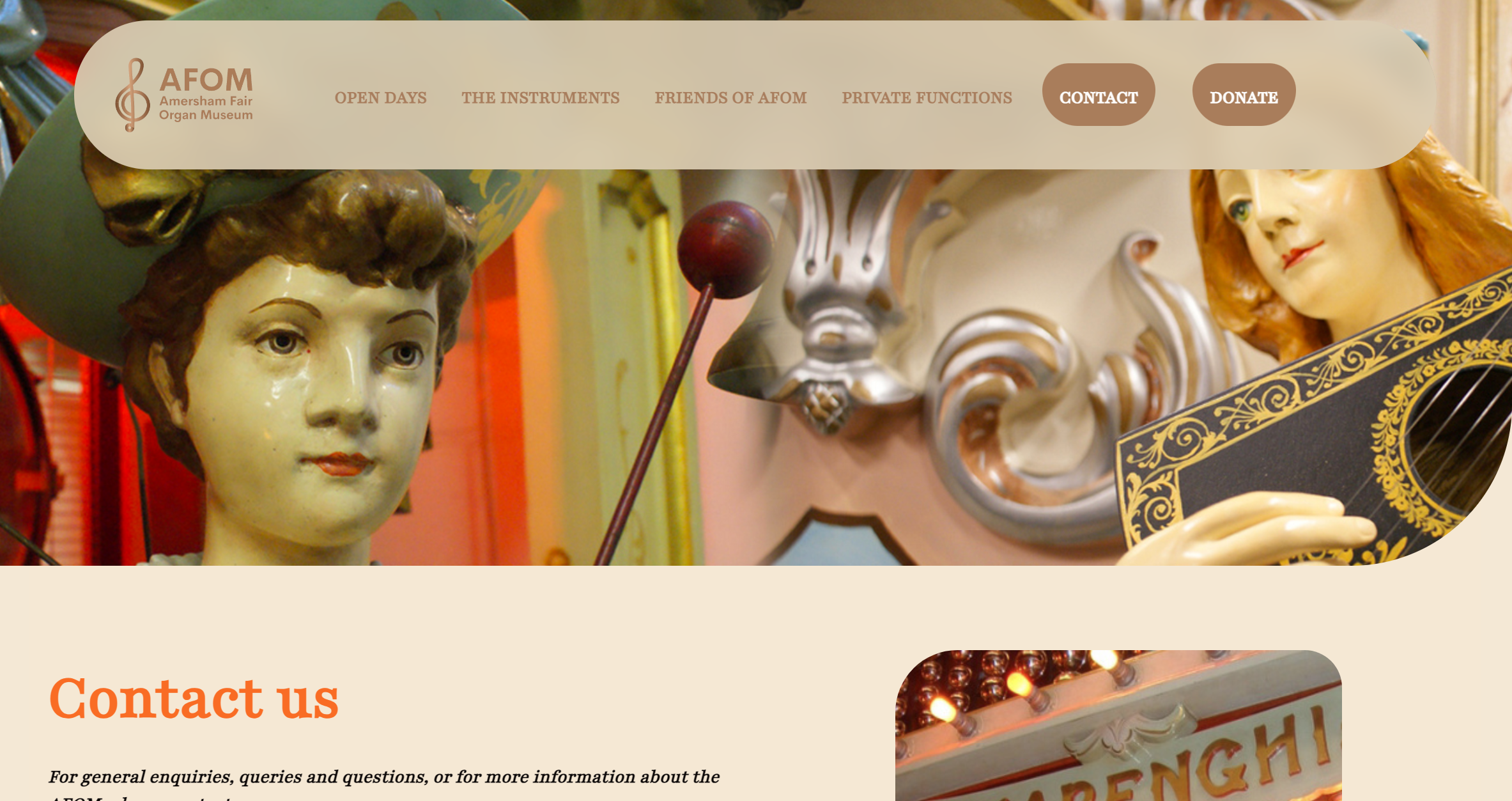
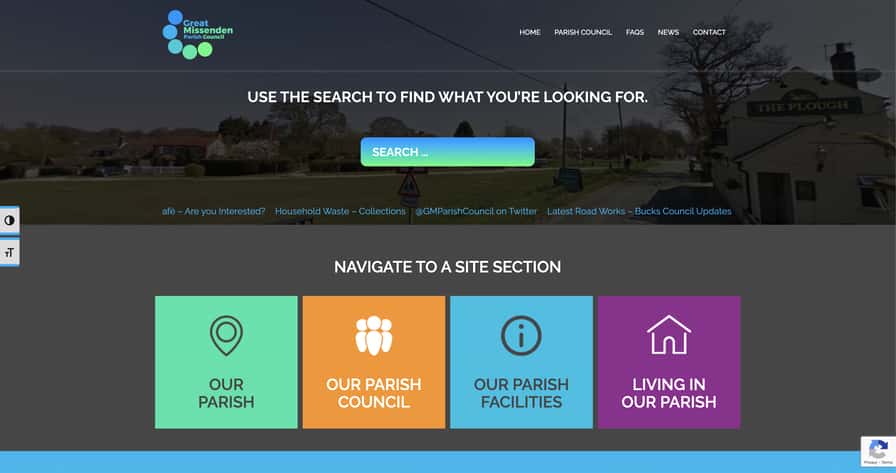


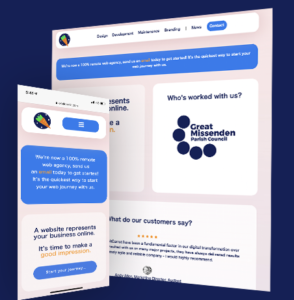

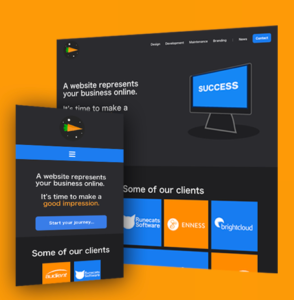


































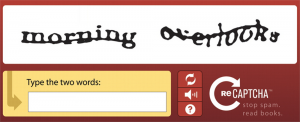

 Maintenance
Maintenance Hosting
Hosting
